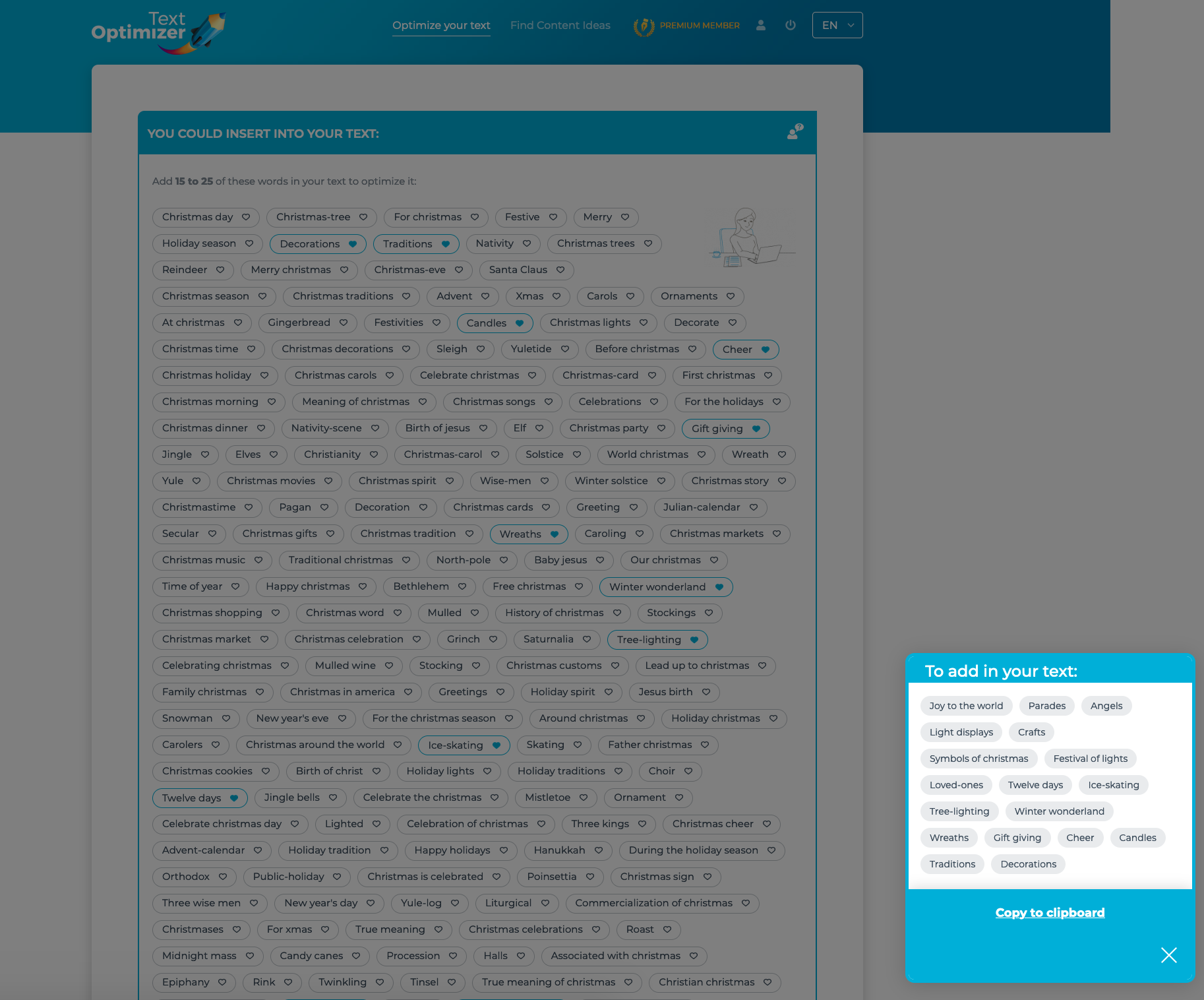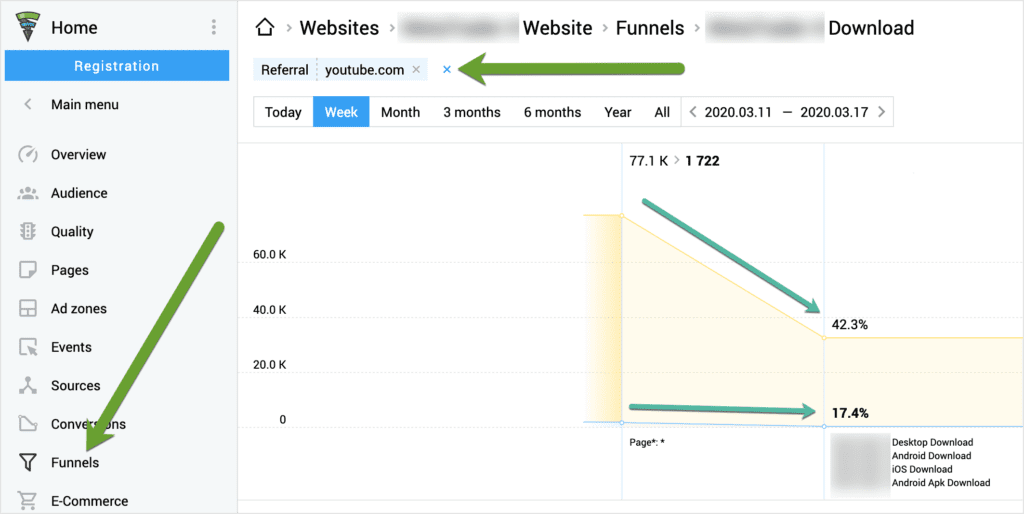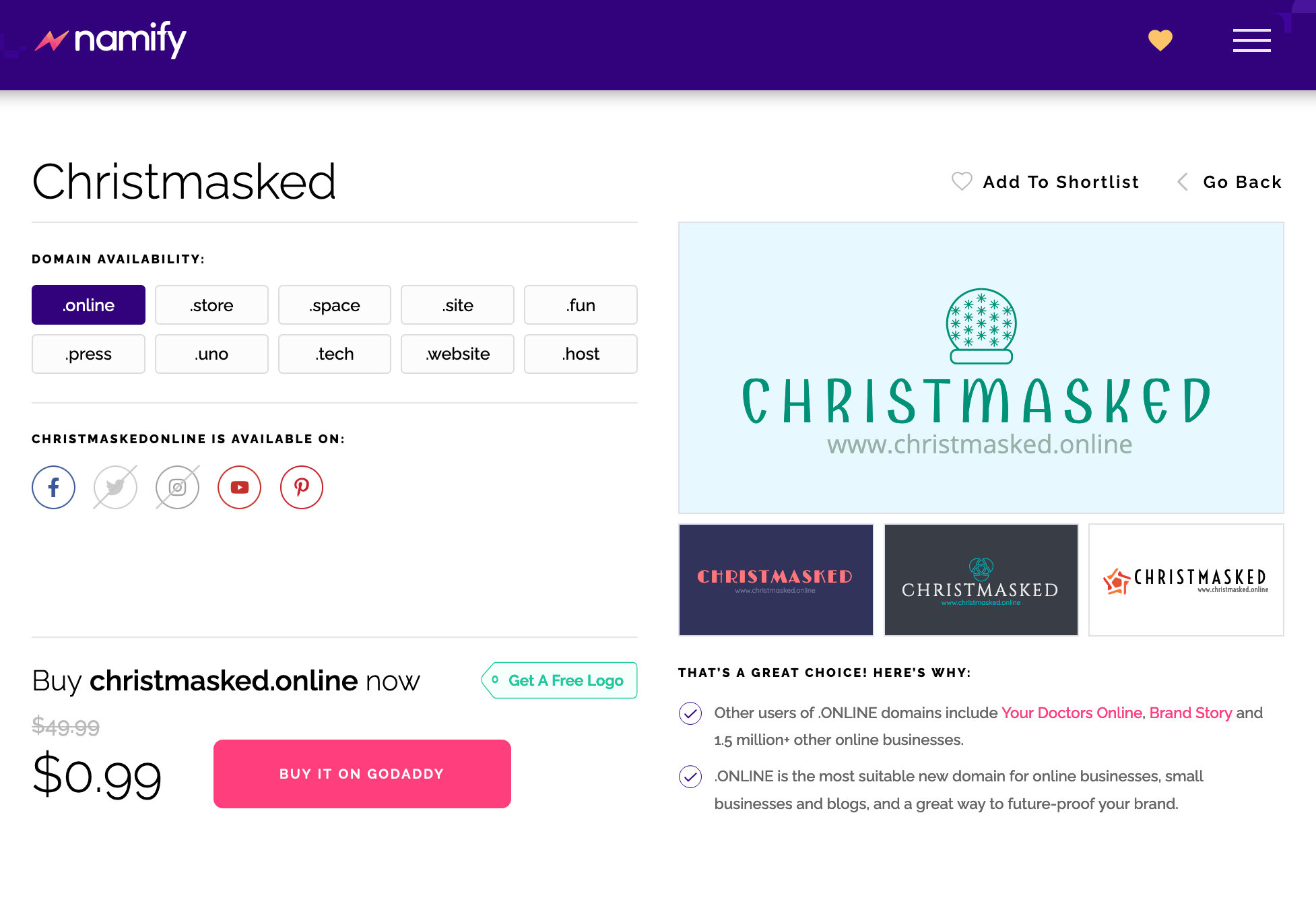How to Create a New Content Project Based on Seasonality

There’s one common problem every blogger is facing… “There’s so much content out there: How do I stand out?”
Any time I feel the urge to start a new blog or I get a new client, there’s always that question. What to write in the era when every topic – no matter how finely niched – is already covered to death?
Publishing around current events, seasons and holidays is a great place to start.
Seasonality provides a huge opportunity. There’s also an undying demand for fresh seasonal content out there. No matter how many lists of gift ideas have already been created, there seems to be a continuous demand for fresh ideas.
You can build your blog editorial calendar by using recurring events to generate ideas and create flow within your content streams. All it takes is a list of relevant events, some thinking, and planning to create content that is both relevant to your audience and to the event.
Unlike TV channels and newspapers whose content must always fill the same containers, online publications are more agile. However, publishing content that’s both good and relevant is a huge challenge. Using recurring events and seasonality, your publication efforts can be organized and you can start to orchestrate relevant story arcs that your audience will care about. Your ideas will flow! Populating your editorial calendar is bound to become a breeze.
What Type Of Event?
Look for near-global events like Christmas or Easter to begin populating your calendar. Don’t forget to turn to more local ones as well. Both can be very handy. For example, in Geneva (Switzerland), there’s an official chestnut tree near the parliament hall. The secretary of the parliament, as part of her job, reports the blooming of the first bud. This first leaf marks the official beginning of spring in the state of Geneva and this event is covered by local news every single year.
The example above focuses on mainstream news. You shouldn’t limit yourself only to these events, however. Dig around your organisation and the online communities you’re part of. Be as specific as you can because each online community and organisation has its own pulse. You will be sure to find many events relevant to your niche. In particular, pay attention to:
- Industry-specific online celebrations such as Social Media Day or Ada Lovelace Day.
- Anniversaries and birthdays related to your industry’s leading companies and people,
- Trade shows,
- Conferences,
- Awards,
- Earning reports release dates,
- and product release dates.
How To Connect Events And Content?
Choosing relevant events is always best. However, they don’t have to be tied to the themes you cover. Get creative! It’s all a matter of finding the right angle to connect events and content.
Lifehacker — the productivity blog from Gawker Media — specializes in tips and how-tos. For a number of years, the week of Halloween triggered Lifehacker’s Evil Week. It turned into an awaited rendezvous and fans got really excited about it. They created or repurposed content with an evil twist, so you could protect yourself. For example, they talked about:
- how to manipulate people,
- how to break into a hotel room,
- and productivity tricks from dictators.
Even when the connection between the content and the events is far-fetched, it can still work. Tying together relevant content and getting it to your audience in a timely fashion is the ultimate goal.
If you need some ideas for seasonal angles, check out Text Optimizer, my go-to tool for just about any content-related task. The tool finds semantic associations with your main term based on Google’s search snippets and it works incredibly well for inspiration. Here I ran “Christmas” through the tools and picked some cool angles to develop my project:

Hit Or Miss
No one can guarantee your first efforts will be a success and you will have to resort to trial and error to get the mix right. Define success metrics in order to decide which initiatives to push and which ones to abandon.
Unfortunately, some content-event couples will simply not work or the content will prove too complicated to craft. Lifehacker tried a lot of combinations. In 2010, they held a Spring Cleaning Week, for example. It didn’t happen again in 2011 or in 2012.
Pack your calendar full of relevant events: yearly, quarterly, monthly, and weekly. Reflect on how best to cover them and launch experiments. Adapt and repackage your content. If it doesn’t work, don’t be afraid to abandon some events. Keep an eye on your Google Search Console to identify trends that worked really great!
Another tool to help you identify trends that do work is Finteza that allows you to dig deep into your referral traffic and which content triggers more action and engagement:

Take What Works Even Further
As you let seasonality drive your content inspiration, you may even come up with a fun mini project of your own!
In the web design community, the “24 ways to impress your friends” advent calendar publishes great articles about cutting-edge techniques. They’re geeky treats that aren’t always practical to use day to day because of poor browser support or industry standards. The period of the advent works great to make an event out of this content’s publication and gather the audience around it.
In fact, if you need some inspiration, try to run a domain search in Namify, the brand name generator that finds incredibly awesome names for any project in any niche. I just ran “Christmas” in the fashion category and found this name:

The tool checks main social media networks for name availability and even creates a logo for your chosen brand name on the fly! I feel inspired already! Should be a website focusing on answering (weird) Christmas questions?
All I need now is to set up a website and use some Christmas graphics to make it look festive.
Be Reasonable
Very few have the resources to imitate Gawker’s hour-by-hour programming. Small teams or single-authors shouldn’t tire themselves trying to keep up with publishing powerhouses. Anyway, most of us cannot afford to publish such high volumes of content.
However, publishing content tuned to the daily memes of your social media platforms of choice can do wonders. If you have a column about wine, think about publishing it on Wednesdays to take advantage of Twitter’s #WineWednesday.
By observing weekly rhythms and attaching corresponding hashtags to your tweets, you can widen your reach. Wine is just an example. There are as many 210 daily hashtags to take inspiration from for your social media profiles. Once you feel more comfortable with the trends you are covering, start a newsletter to build up your mailing list. Email subscribers tend to love timely updates!
Diversify your assets! You can put together fun festive images using Canva, and then make a video from photos or turn them into GIFs. Diversifying will make your content marketing more flexible and easier to adapt to the fast-moving social media trends.
I love how Maxwell Hertan of Megaphone Marketing put it in his article on social media trends:
Test and pivot, test and pivot, that’s what our account managers are doing every single day. If there’s anything 2020 taught us, it’s to be prepared for anything, so don’t just lean on what has worked before. There are the usual shifts coming up, from gift buying in December to self improvement buying as we hit the new year, but be prepared to quickly adapt your copy and creatives with the changing times as we all did with our posts and ads when we started working from home.
In Closing
Using seasons and memes to plan your content can make your publishing life a lot easier. Start researching upcoming and recurring events in your area and “park” them in your editorial calendar. Oh, and once your content plan is in place, don’t forget to actually write the articles!
Sign Up For Our Mailing List
If you’d like to receive more in-depth articles, videos, and Infographics in your inbox, please sign up below. We’ll also keep you abreast of our upcoming soup-to-nuts blogging class.

Sign up for the newest articles from Curatti, delivered straight to your inbox
Featured image: Copyright: ‘https://www.123rf.com/profile_smileus‘ / 123RF Stock Photo
Latest posts by Anna Fox (see all)
- How to Become a Better Freelance Writer by Managing Your Time Better - December 1, 2022
- All the Tools You Need for a Successful Link Building Campaign - September 13, 2022
- Don’t Waste Money: Six Ways To Maximize Your Content Marketing Budget - June 28, 2022
